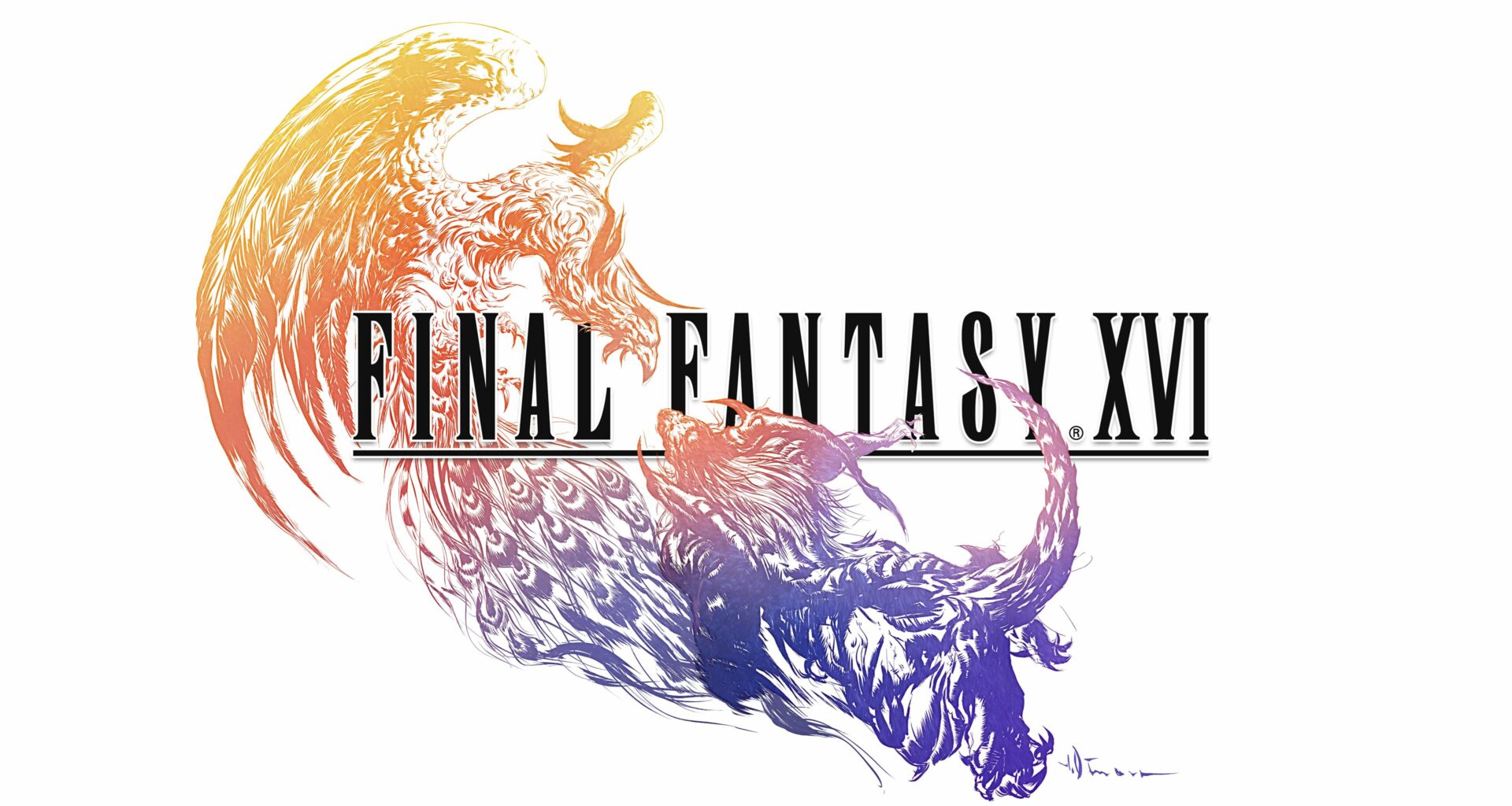My in-game counter says it took me about 47 hours to finish my first play-through of Final Fantasy XVI. It’s been 6 years since the last mainline Final Fantasy1, and compared to the breakneck pace of releases of earlier 8-bit and 16-bit games, modern FF games are so intensive in graphics and gameplay, and story that it takes half a decade for a new release. With each successive console generation, a handful of Final Fantasy games are crafted, with a level of production values that are unmatched in longevity and consistency.
FF XVI takes the series fully in directions that were previously hinted at by prior games in the series. The game is the first of its lineage with a full ESRB rating of Mature—earned via its strong language, sexual themes, and explicit bloody violence—unabashedly credited to Game of Thrones in its influence. But more controversially, the game features an action-oriented real-time battle system, complete with parries and dodges and aerial combos.
Some context: Final Fantasies have evolved their battle systems with every mainline game. From the famous Active Time Battle system in the 16-bit era—spicing up traditional turn-based combat common in JPRGs2 at the time—to FF XV’s Active Cross Battle, the series has tilted towards faster, more dexterous fighting over slower, more strategic battles. For some long-time players, this change makes the latest entry much too action-oriented.
And they have a point! The emphasis on button mashing and reaction time is a far cry from planning each attack by understanding enemies’ strengths and weaknesses. It feels like FF XVI trades off other gameplay elements that have been series staples up to this point: weapons & armor, curative items, spells, jobs & skill trees, magic, etc. are either non-existent or greatly simplified. Even the core concept of customizing an adventuring party has been streamlined into largely controlling a single character, the protagonist Clive Rosfield.
As the post’s title suggests, though, I don’t think this is necessarily a terrible thing. The Final Fantasy series has persisted this long in part because it’s willing to throw away established conventions to tinker with new ideas3. Every mainline game introduced a new world, new characters, multiple new gameplay systems, and refreshes its style on graphical and audio design. The commonalities between games end up being the archetypical story of a ragtag band of heroes fighting to save the world, and what amounts to be Easter eggs: chocobos, moogles, someone named Cid, giant elemental summons, etc. Sometimes these mainstays are interwoven into the story and play an important part in the journey; other times they’re included more as fan service, familiar callbacks in sequels that are just designations by name.
Though even what the name stands for has evolved over the decades. En route to 16 mainline games, there were spinoff series like Final Fantasy Tactics and Final Fantasy: Mystic Quest; re-releases like Final Fantasy Pixel Remaster; complete reimagined remakes like Final Fantasy VII Remake; actual sequels featuring the same world and characters like Final Fantasy X-24; and non-RPGs that leveraged the totality of the IP like the Theatrhythm Final Fantasy series. In video games, only Mario can boast this level of longevity and breadth of variety5.
So I’d argue that if you’ve been a fan of Final Fantasies for this long, you should celebrate experimentation, as opposed to remixing past stories and gameplay systems. One thing that mainline FFs continue to feature are high production values and AAA budgets, expressed through elaborate cut scenes and set pieces and optional systems that are deeper than they need to be. Past FFs have built out minigames and card games, but FF XVI has Active Time Lore: providing explanatory background materials on-demand, a bit like Amazon Prime Video’s X-Ray function taken 2 steps further. There’s literally an entire book’s worth of backstory available in the game, with an associated timeline that fills out along the main quest. Most games use new locations and maps to advance their story, so accounting for, and leaning into, changes to the same in-world places over time is a novel storytelling technique, at least for high-budget gaming titles.
I think that’s why I enjoyed FF XVI more than many other past iterations of the franchise. Certainly, the battle system is more exciting, even as it pulls back on other RPG elements from previous games. At the same time, I play Final Fantasies for their story and spectacle—and this release offers plenty of both.
FF XV, which I wrote about extensively at the time.↩
On the term “JRPG,” I recently read a good article that explored how the term came to be in the first place.↩
Though contrary to urban legend, the name was not because the game was a last-ditch effort by its developer Squaresoft.↩
Which is a very different game from Final Fantasy XII, yes.↩
Arguably Mario is more impressive: at least FF introduces new characters and settings with every game, whereas the world of Mario has had to make do with the same small cast and locations.↩



